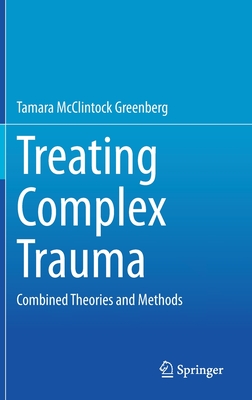Treating Complex Trauma
Combined Theories and Methods
Treating Complex Trauma: Combined Theories and Methods serves as a practical guide for therapists looking to applying multiple approaches in their practice, with the aim of providing the most effective treatment strategy possible for each individual.Chapter One The Need for Utilizing Multiple Approaches for Complex PTSD: No Theory Has It All Chapter Two: How Trauma Stokes Fear: Considerations in Beginning of Therapy The Neurobiology of Trauma Evidence for Intergenerational Trauma EffectsChapter Three: Nurturing the Therapeutic Alliance: Mentalizing and Emotional Safety Characteristics of Therapists Who Have Good Outcomes ConclusionChapter Four: The Therapeutic Alliance and Maintaining Physical Safety Chapter Five: Dissociation : Controversies and Clinical Strategies Chapter Six: The Need to Numb: Substance Abuse and Therapeutic Management Chapter Seven: When Trauma is in the Body: Managing Physical Concerns Chapter Eight: When Fight Impulses Dominate: Managing Anger Chapter Nine: Sociocultural Consideration in Trauma Treatment Chapter Ten: Vicarious Trauma and Self Care for the Trauma Therapist Compassion Fatigue and the Impact of Vicarious TraumaTamara McClintock Greenberg, Psy.D., M.S. , is a clinical psychologist in private practice in San Francisco, CA, where she specializes in treating adults with depression, anxiety, relationship issues, trauma, and those who are coping with medical illness, either as a patient or affected family member. She has been practicing psychology in San Francisco since 1997.Treating Complex Trauma: Combined Theories and Methods serves as a practical guide for therapists looking to applying multiple approaches in their practice, with the aim of providing the most effective treatment strategy possible for each individual.
لغو
ذخیره و ثبت ترجمه


دیدگاه کاربران